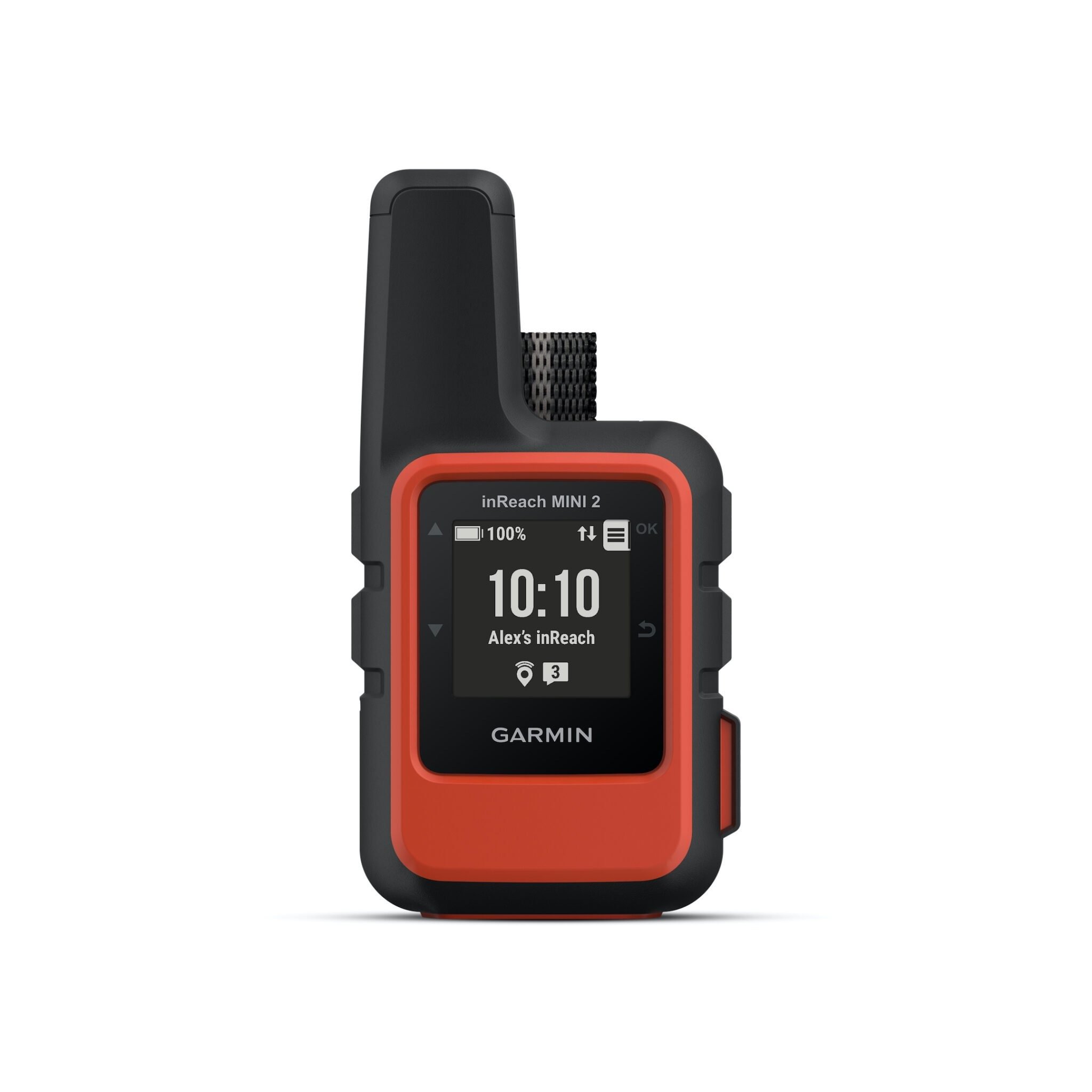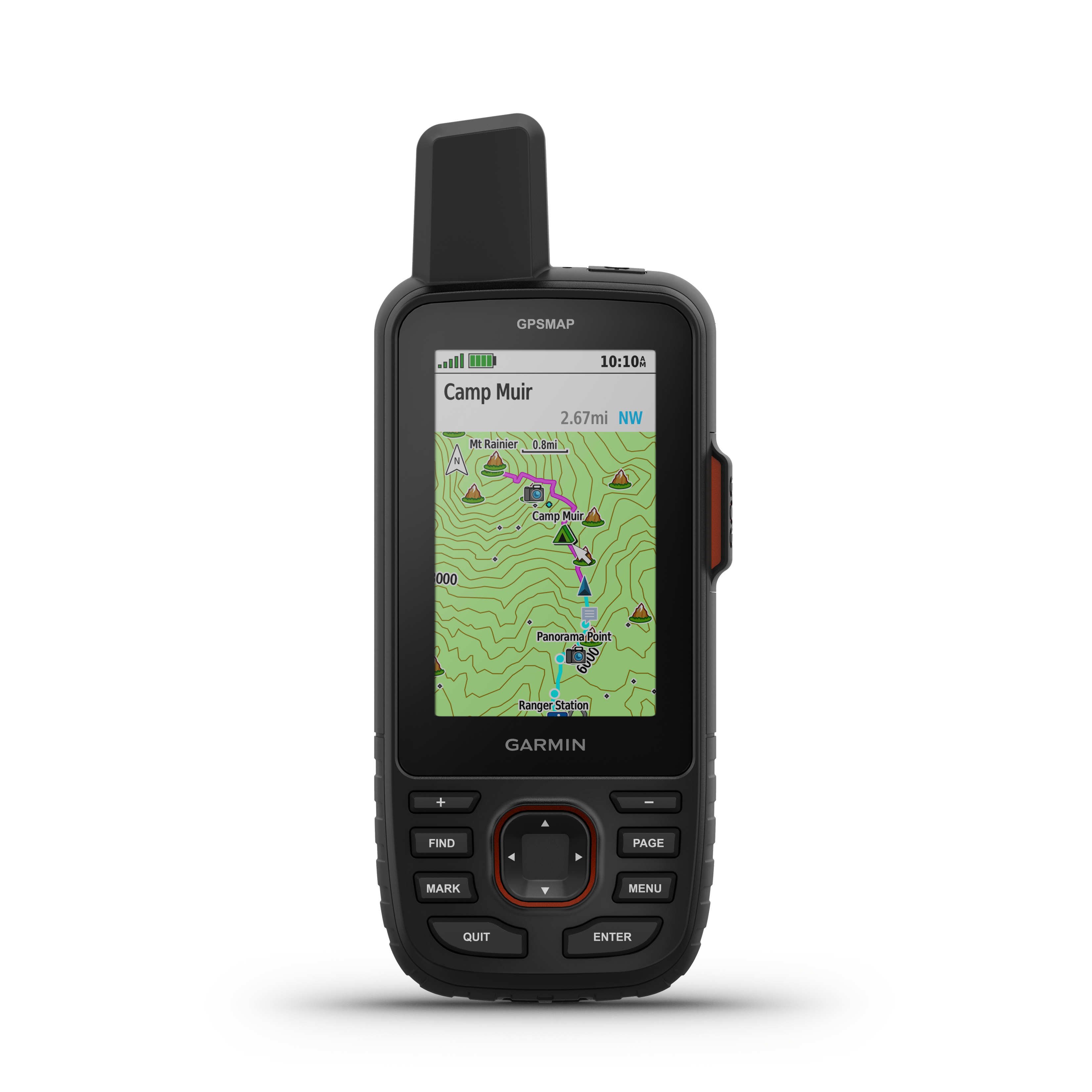
The Domino Effect of One inReach® SOS
Shawn Legere purchased his inReach satellite communication device1 in anticipation of solo climbing one of Colorado’s 14,000′ peaks. Little did he know that decision would have a lasting impact.
First Outing
It was mid-August, and Legere’s first outing carrying his new inReach device.
While descending Kit Carson Peak, Legere accidentally got off route. In his attempt to get back, Legere had to do a technical climb, but he ended up on a 5’ ledge with more than a 1,000’ drop on the other side and no way to safely climb down.
Legere was stuck — with no options but to trigger an SOS on his inReach device and start two-way messaging with Garmin Response℠, the 24/7-staffed international response coordination center.
To Legere’s disbelief, another climber made the same mistake and ended up stranded with him. Eventually, search and rescue team members were dropped off via helicopter and helped both climbers rappel down to safety.
Legere’s cousin, a designated emergency contact called by Garmin Response that day, immediately purchased two inReach devices — one for himself and one for his son.
The Cousin
Several years later, Legere’s cousin was mountain biking in remote western Colorado when one of his group members crashed. He had a broken sternum and internal bleeding and was declining quickly.
Legere’s cousin pulled out his inReach device and triggered an SOS.
Shortly after, a helicopter arrived on scene, and the mountain biker was transported to a hospital for emergency surgery.
“He absolutely would have died had it not been for the rescue that Garmin Response initiated,” Legere said.
Second Incident
A few years after his first SOS incident, Legere was backpacking in a remote part of Glacier National Park in Montana and came across two fellow hikers — a married couple.
The wife was not doing well. She had severe nausea and was consistently vomiting. Despite efforts to get fluids and electrolytes into her, she didn’t improve overnight.
Legere was the only one at the remote campsite with a form of satellite communication, and they collectively agreed he would trigger an SOS for her.
After communicating the situation to Garmin Response, a helicopter was dispatched to the scene with a medical team.
Legere met up with the couple later.
“She was told that her electrolytes were incredibly low and that she would have likely died within hours if we had not gotten her out,” he said, adding that the couple promptly bought their own inReach device after the experience.
The Couple
Now equipped with an inReach device, the couple Legere had previously assisted were backpacking in Colorado’s Capitol Peak area.
En route, they encountered a family needing help. The mom had broken her lower leg badly while hiking.
In a reversal of roles, the couple triggered an inReach SOS to initiate a rescue for the woman. Eventually, she was flown via helicopter to a hospital.
According to Legere, the couple was praised by the responding search and rescue team for being prepared with an inReach device and able to summon help directly to the location of the hurt individual.
Conclusion
That’s as far as Legere’s cascading inReach story goes — to his knowledge, at least. He sees a silver lining to the various incidents over those years: more people being inspired to carry inReach devices in case of unforeseen emergencies in the backcountry.
“It is really amazing how my first event had such a domino effect, leading to more people going into the backcountry better equipped and impacting so many lives,” he said.
1Active satellite subscription required. Some jurisdictions regulate or prohibit the use of satellite communication devices. It is the responsibility of the user to know and follow all applicable laws in the jurisdictions where the device is intended to be used.







